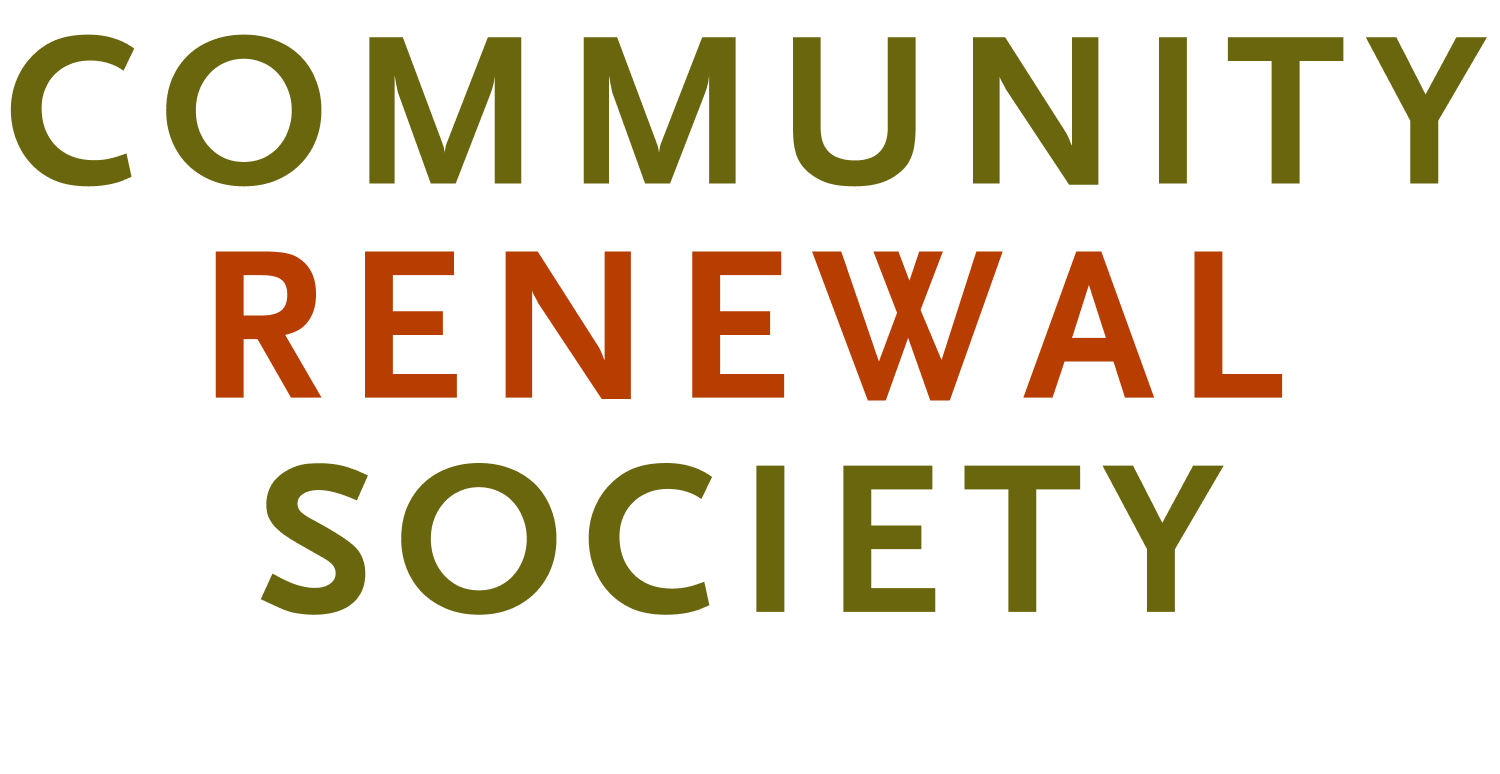Challenging the Culture Around Domestic Violence
October is Domestic Violence Awareness Month (DVAM). This month addresses the issue of abuse and serves as an opportunity to raise awareness, promote prevention efforts, support survivors and advocate for change.
At the heart of DVAM is the imperative to raise awareness about domestic violence. Awareness is the first step in understanding cycles of abuse and DVAM presents a designated period to educate the public about the prevalence and severity of domestic violence. Domestic violence encompasses a wide range of abuses, including physical, emotional, psychological and financial. By bringing information to the forefront, DVAM challenges the culture that surrounds domestic violence, especially for criminalized survivors and marginalized communities who are often forgotten.
Domestic violence has a unique and disproportionate impact on minorities. Socioeconomic hardships resulting from systemic inequalities and exposure to neighborhood violence lead to stressors that heighten the risk of domestic violence incidents within these communities. Moreover, minorities face barriers in reporting domestic violence. For example, undocumented immigrants may fear deportation causing them to stay silent about their abuse. Distrust of law enforcement also discourages reporting. Language barriers are another significant obstacle as they hinder survivors’ ability to communicate their needs and understand their rights. This can make it difficult for them to access culturally competent services, navigate the legal system and ultimately escape abusive situations.
The intersectionality of discrimination and oppression is an important consideration. Racism, sexism, xenophobia and homophobia all compound the challenges faced by domestic violence victims. Within the legal system, people of color experience disparities including racial profiling, harsher sentencing and bias from the judiciary. These factors further deter minorities from pursuing remedies or reporting abuse.
Survivors of domestic violence face isolation and fear. DVAM opens an empathetic space where survivors can share their stories and seek and connect with resources. As people of faith, we know this acknowledgment and support is pivotal in the healing process, reinforcing the message that survivors are not alone and that help is available. Equipping individuals and communities with the tools to identify and address potential signs of abuse, DVAM empowers them to intervene, prevent violence before it escalates and to heal.
DVAM is not merely about raising awareness but is dedicated to demanding policy changes and legal reforms aimed at protecting survivors and holding perpetrators accountable. It is a time for Community Renewal Society, and other organizations, to amplify the call for stronger laws and increased resources and support for survivors and to provide survivors with a platform to speak out against abuse and regain control over their lives. Solidarity within and among communities is essential in uplifting survivors, facilitating healing and laying the foundation for long-term change in societal attitudes and policies.
DVAM is a beacon of hope, a call to action and a reminder that, collectively, we can work toward a better society where everyone can live free from abuse. Through fostering dialogue, awareness and community engagement around domestic violence, we become a united front against abuse. By coming together, we are creating safer, more inclusive environments and building Beloved Community.
Get involved in dismantling the stigma and silence around domestic violence and join us in healing as one.
On October 25 from 6 PM to 8 PM CT, join The Women’s Justice Institute for their Domestic Violence Awareness Month Poetry slam: Live and Alive from Decatur Correctional Center and Fox Valley Adult Transition Center. Learn more and register for the free online event.
On October 30 from 6 PM to 8:30 PM CT, join The Women's Justice Institute in person or online for their third annual Look At Me performance. After the performance, there will be a panel of the performers inside of prison. Learn more and save your spot now.
Disclaimer: This article was written with the help of the ChatGPT language model developed by OpenAI.
